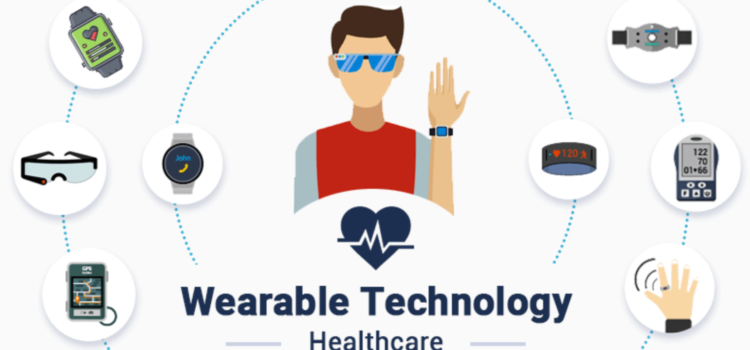
In recent years, wearable technology has gained immense popularity, revolutionizing how we interact with devices and monitor our health and fitness. From smartwatches to fitness trackers, these gadgets have become integral parts of our daily lives. However, the true potential of wearable technology lies not just in the hardware but also in the software that powers it. Wearable apps play a crucial role in enhancing user experience and unlocking the full capabilities of these devices. In this blog, we’ll explore some innovative features that are reshaping the landscape of wearable apps.
Health Monitoring and Analysis:
One of the primary purposes of wearable devices is to monitor health metrics such as heart rate, sleep patterns, and activity levels. Innovative wearable apps developed by specialized services leverage advanced algorithms and machine learning techniques to provide deeper insights into these metrics. For example, these apps can analyze trends in heart rate variability to assess stress levels or detect irregularities that may indicate potential health issues. They can also offer personalized recommendations based on the user’s data, helping them make informed decisions about their health and well-being. With the expertise of wearable app development services, these applications can be optimized for various wearable devices, ensuring seamless integration and user experience across different platforms and form factors.
Integration with Smart Home Devices:
Wearable apps are increasingly being integrated with smart home devices to provide a seamless user experience. For instance, users can control their smart thermostats, lights, and security systems directly from their wearable devices, eliminating the need to reach for their smartphones or other controllers. This integration not only enhances convenience but also opens up new possibilities for home automation and energy efficiency.
Gamification and Rewards:
Gamification is a powerful technique used in wearable apps to motivate users to stay active and achieve their fitness goals. Apps may offer challenges, badges, or virtual rewards for completing certain activities or reaching milestones. These gamified elements make fitness more engaging and enjoyable, encouraging users to maintain a consistent exercise routine. Some apps even allow users to compete with friends or participate in virtual fitness classes, fostering a sense of community and accountability.
Personalized Coaching and Feedback:
Personalized coaching is another innovative feature found in many wearable apps. These apps use data analytics and artificial intelligence to provide tailored feedback and recommendations based on the user’s goals and preferences. For example, a running app might analyze the user’s running form and suggest ways to improve efficiency and reduce the risk of injury. Similarly, a nutrition app could offer personalized meal plans and recipe suggestions based on the user’s dietary preferences and health goals.
Healthcare Monitoring and Remote Patient Care:
Wearable apps are increasingly being used in healthcare settings to monitor patients remotely and provide personalized care. For example, patients with chronic conditions such as diabetes or hypertension can use wearable devices to track their vital signs and medication adherence, allowing healthcare providers to intervene early if any issues arise. These apps can also facilitate communication between patients and healthcare professionals, enabling virtual consultations and remote monitoring.
Augmented Reality (AR) Integration:
Augmented reality (AR) technology is being incorporated into wearable apps to enhance the user experience in various ways. For example, fitness apps may use AR to overlay virtual workout instructions or track running routes in real-time. Similarly, navigation apps can use AR to provide interactive directions and points of interest, making it easier for users to navigate unfamiliar environments hands-free. AR integration adds a new dimension to wearable apps, making them more immersive and interactive.
Mental Health and Well-being:
Recognizing the importance of mental health, many wearable apps now include features designed to promote relaxation, mindfulness, and stress management. These apps may offer guided meditation sessions, breathing exercises, or stress-tracking tools to help users better understand and manage their mental well-being. Some apps also incorporate biofeedback techniques to help users regulate their stress levels and improve overall resilience.
Accessibility Features:
Accessibility is an important consideration in wearable app design, ensuring that users of all abilities can fully utilize the features of their devices. Innovative wearable apps incorporate accessibility features such as voice commands, haptic feedback, and customizable interfaces to accommodate users with disabilities. By making wearable technology more inclusive, these apps empower a wider range of users to benefit from the capabilities of wearable devices.
In conclusion
Wearable apps are continuously evolving to offer innovative features that enhance user experience and extend the functionality of wearable devices. From health monitoring and gamification to AR integration and mental health support, these apps are reshaping how we interact with technology and improving our overall well-being. As wearable technology continues to advance, we can expect to see even more exciting developments in the world of wearable apps, further expanding their potential to transform our lives.









Comments
Best-Selling & Trendy Watches for Kids You Must Buy This Season